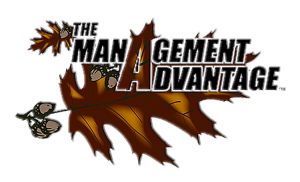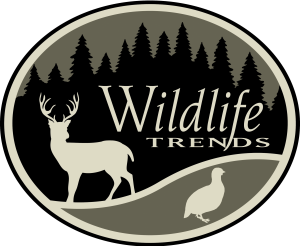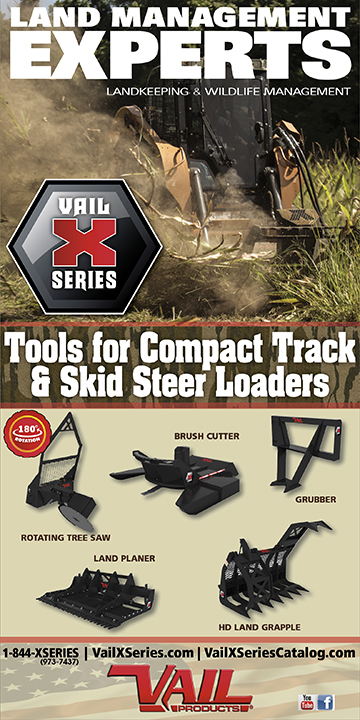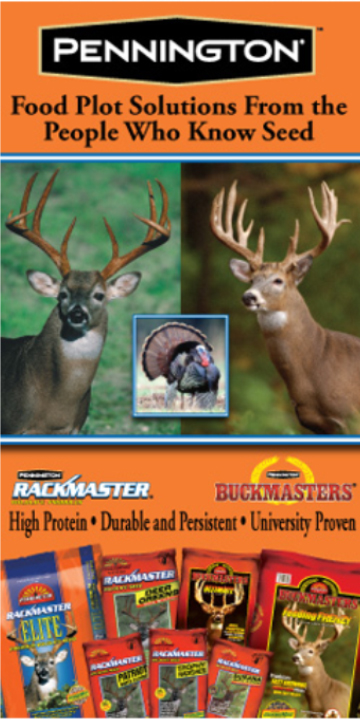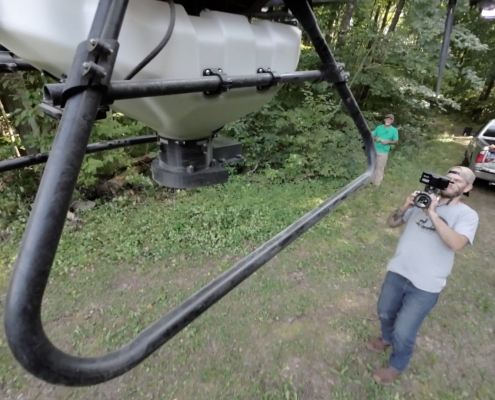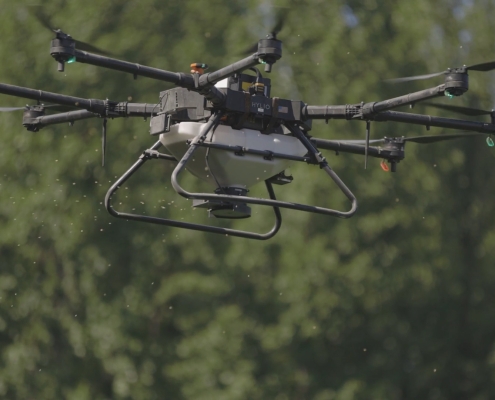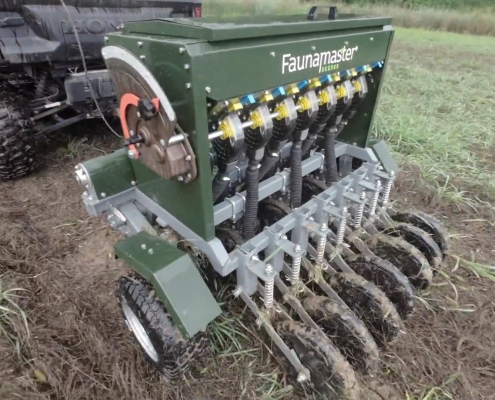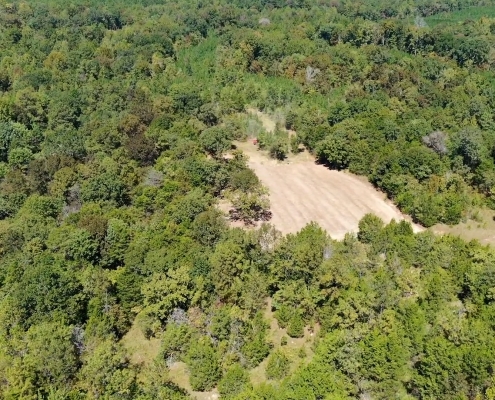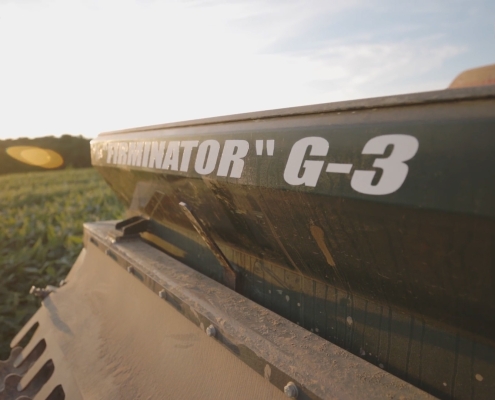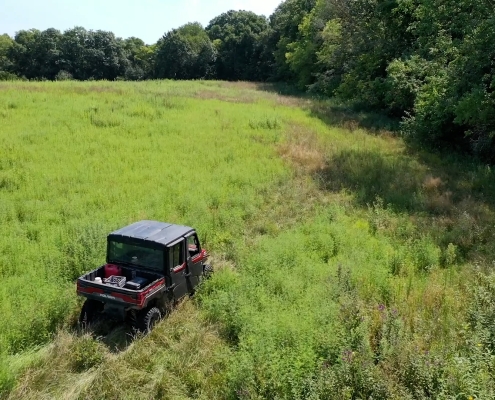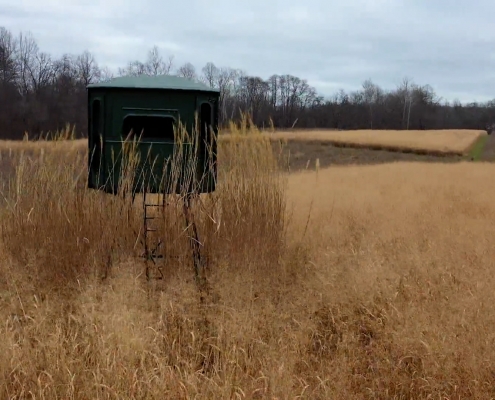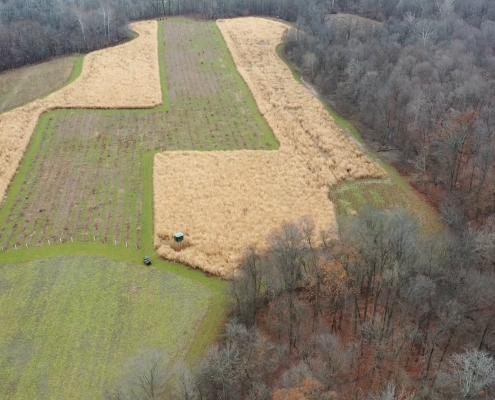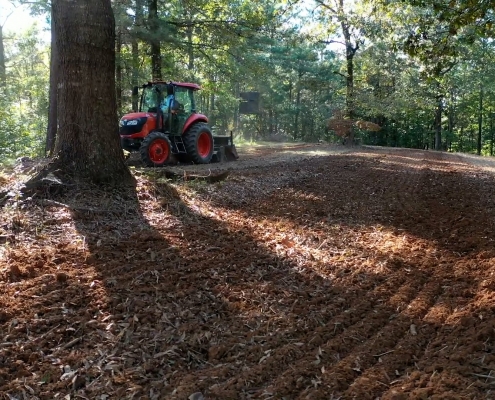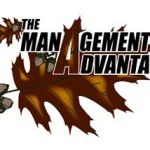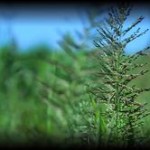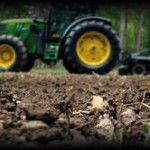Kent Kammermeyer – Wildlife Trends
You may remember a couple of years ago when PETA released this outrageous statement: “A rat is a dog is a boy”? This statement enraged even the most tolerant of us who finally realized that people and organizations can say anything they want to further their own agendas. After all, we are a nation of free speech. Going even further, a hamburger is a sirloin is a ribeye is a prime rib. Or how about ice cream, they are all the same aren’t they…chocolate is vanilla is strawberry is peach?
Let’s take this line of thought down the road to the food plot world. What about deer food plot white clover plantings? Ladino is White Dutch is Winter White is Advantage is Regalgraze is Durana. In the seed business, superior genetics and university testing is everything. How about a seed company telling its customers that Daikon radishes are Trophy Radishes™? You get the picture? Well it’s getting even more complicated now with more vendors jumping into the deer radish game and muddying the waters. Of course, we know that imitation is the sincerest form of flattery.
Radishes in Food Plots
This evolution has not taken long. In 2007, there were no radishes developed or planted for deer. There were only other familiar members of the Brassica family such as rape, kale and turnips. In the winter of 2008, 96 deer were observed 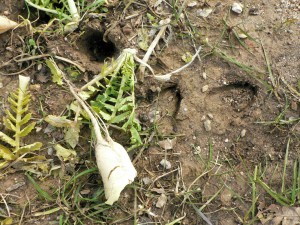 digging through the snow to eat radish greens and roots in New York state. These radishes were planted for a winter cover crop, not a deer food plot. Many of the greatest discoveries in agriculture and deer management were discovered by accident! Trophy Radishes™ (the same genetic material as the New York radishes) were first planted as a deer food plot in Georgia in September of 2008. Test plantings were made in Madison, Wilkes, Jackson, White, and Gwinnett Counties. By any measurement, these plots were a resounding success. The radishes showed fast germination; vigorous top growth; huge, single, long tap roots; and best of all, high and intense deer use. This use was surprising to us since the deer using these test plots had never seen, smelled, or tasted them before! What surprised us most was the heavy consumption of the root. The radishes also showed abilities to improve the soil and seedbed when they
digging through the snow to eat radish greens and roots in New York state. These radishes were planted for a winter cover crop, not a deer food plot. Many of the greatest discoveries in agriculture and deer management were discovered by accident! Trophy Radishes™ (the same genetic material as the New York radishes) were first planted as a deer food plot in Georgia in September of 2008. Test plantings were made in Madison, Wilkes, Jackson, White, and Gwinnett Counties. By any measurement, these plots were a resounding success. The radishes showed fast germination; vigorous top growth; huge, single, long tap roots; and best of all, high and intense deer use. This use was surprising to us since the deer using these test plots had never seen, smelled, or tasted them before! What surprised us most was the heavy consumption of the root. The radishes also showed abilities to improve the soil and seedbed when they 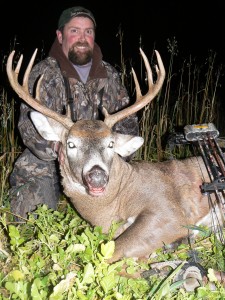 rotted and died in winter. They inhibited winter weeds, broke up soil compaction, added back Nitrogen, Phosphorus, Calcium, other minerals and organic matter to the soil. Whatever nitrogen they used for their own growth whether it was applied to the crop as fertilizer or pulled into the plant by the deep taproot, was given back to the soil. After all, this is exactly what they were genetically engineered for at the University of Maryland by Dr. Ray Weil and his students starting in 2001. Their most recent genetic selection was in that field in New York and in those test plots in Georgia in 2008! The deer use was a pleasant surprise, and an additional bonus to the cover crop/soil improvement genetic objectives that their intensive genetic selection program had achieved. Work is still ongoing in search of more genetic improvements.
rotted and died in winter. They inhibited winter weeds, broke up soil compaction, added back Nitrogen, Phosphorus, Calcium, other minerals and organic matter to the soil. Whatever nitrogen they used for their own growth whether it was applied to the crop as fertilizer or pulled into the plant by the deep taproot, was given back to the soil. After all, this is exactly what they were genetically engineered for at the University of Maryland by Dr. Ray Weil and his students starting in 2001. Their most recent genetic selection was in that field in New York and in those test plots in Georgia in 2008! The deer use was a pleasant surprise, and an additional bonus to the cover crop/soil improvement genetic objectives that their intensive genetic selection program had achieved. Work is still ongoing in search of more genetic improvements.
Meanwhile, in 2009 there was considerable confusion in the food plot market about all the other radishes that suddenly appeared. This is u
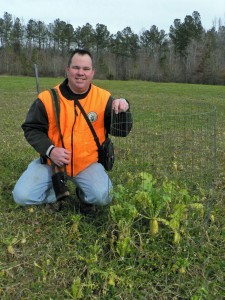
nfortunately going to get worse in 2010. Raphanus sativus is the scientific name for the radish species also known as tillage, oilseed, forage, and daikon. Dr. Weil at University of Maryland originally used forage radish in hisresearch relating to cover crops. He is currently using Tillage Radish®, a trademarked selection that describes the best selection of forage radish currently available for use as a soil conditioner and cover crop. It is backed by nine years of research at Cedar Meadow Farm in conjunction with the University ofMaryland. Trophy Radishes™ is a selection of Tillage Radish® known to be highly palatable to deer. Genetically, they are sisters.
Oilseed radishes are selected for oilseed production. The roots are less aggressive and more branched and plants are harder to winterkill (which can be a 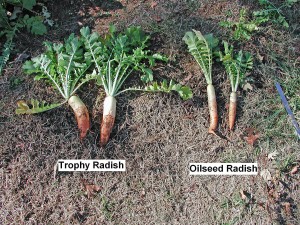 distinct disadvantage to deer managers). Seeding rate is sometimes doubled because of bigger seed size, raising the cost per acre of using them for deer or a cover crop.Daikon radish is a selection primarily used for human consumption as are the following other radishes: Sprouting, Japanese, Asian, Chinese, Oriental and Winter. Groundhog™ Radish is a rather mysterious selection of unknown origin and background. Currently, there is no apparent research history, no production data, no nutrient test results, and no officially recorded history of deer use. We cannot determine from the information available to the public if it is forage, oilseed, daikon, or common radish variety. Certainly deer will consume the top growth of all these, but the nutritional and digestibility makeup, as well as deer preference and palatability, has not been well documented for any except the Trophy Radishes™ variety.
distinct disadvantage to deer managers). Seeding rate is sometimes doubled because of bigger seed size, raising the cost per acre of using them for deer or a cover crop.Daikon radish is a selection primarily used for human consumption as are the following other radishes: Sprouting, Japanese, Asian, Chinese, Oriental and Winter. Groundhog™ Radish is a rather mysterious selection of unknown origin and background. Currently, there is no apparent research history, no production data, no nutrient test results, and no officially recorded history of deer use. We cannot determine from the information available to the public if it is forage, oilseed, daikon, or common radish variety. Certainly deer will consume the top growth of all these, but the nutritional and digestibility makeup, as well as deer preference and palatability, has not been well documented for any except the Trophy Radishes™ variety.
Characteristics of Radishes
According to University of Maryland Extension Service, Trophy Radishes™ (remember sister of Tillage Radish®) produce 5,000 lbs/acre dry weight top growth and an additional 2,000
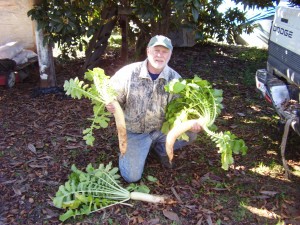
lbs/acre dry weight root growth. This is higher than rape, kale or turnips. Crude protein levels (100% dry-matter) in immature plant leaves of 43.6% were documented at Clemson University Agricultural Service Laboratory in April 2010. A December 2008 test of mature frostbitten leaves in New York revealed 20% protein and concurrent tests on radish roots revealed 23%. Nitrogen builds amino acids which build protein. Nitrogen runs the world! Both tops and roots also contained significant levels of Copper, Zinc, Manganese and Boron, all trace minerals essential to deer.
Trophy Radishes™ can send a tap root as deep as 32 inches down the soil column. This does not necessarily directly benefit deer but that depth is where the nitrogen and other important nutrients are absorbed and brought to the soil surface and stored in the root. When deer eat the root, they obviously benefit from all of these nutrients. When all or part of the root rots, all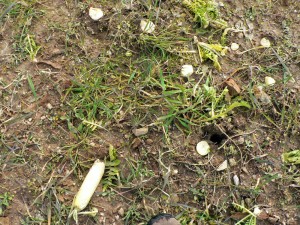 nutrients, plus organic matter, are given back to the soil at or near the surface. It is a net gain, all the radishes needed for growth plus more are made available to the companion crop or the follow up crop. This opens up a double handful of options for late winter or spring food plots planted on an improved seedbed. Experienced farmers call this a “mellow” seedbed indicating very friendly, soft tillable soil rich in nutrients. Research has shown a 10% or greater increase in production of the follow up crop such as corn or soybeans or virtually any other food plot species. In addition to corn and soybeans, spring options include cowpeas, grain sorghum, buckwheat, lablab and sunflowers.
nutrients, plus organic matter, are given back to the soil at or near the surface. It is a net gain, all the radishes needed for growth plus more are made available to the companion crop or the follow up crop. This opens up a double handful of options for late winter or spring food plots planted on an improved seedbed. Experienced farmers call this a “mellow” seedbed indicating very friendly, soft tillable soil rich in nutrients. Research has shown a 10% or greater increase in production of the follow up crop such as corn or soybeans or virtually any other food plot species. In addition to corn and soybeans, spring options include cowpeas, grain sorghum, buckwheat, lablab and sunflowers.
The following is an e-mail to the author of this article:
Trey Brunson 11/10/09 Telfair County:
We planted a couple of food plots on 4.8 to 5.2pH ground this year. We limed the fool out of them and fertilized per the soil sample knowing we were not getting the pH up quickly but wanted to give these plots every chance to make a good stand. These were planted the 1st week of October. One plot is seven acres. We planted the left in WW/Trophy Oats/Crimson/AWP/Yucci, on the right is Sweet Spot with 15Lbs Trophy Radishes mixed in on three acres. At first of the season they were on the left side, now they are hammering the SS and TR side. I mean 10 times the deer sign and activity. Last night a friend of mine missed a 150″ 10/12 point on the right side of this food plot. He ran a 4 point, doe and fawn out of the food plot and started eating!
The other food plot is WW/Oats/Crimson/AWP/Yucci and your Trophy Radishes. This plot is only about 500 yards from the other one but the deer are hammering it too. My 8 year old passed a small 8 chasing a week ago and he and I saw a huge 7 this past Saturday night that I would hope he would have shot chasing behind the stand but couldn’t get a shot on him. We typically see 12-15 deer in this plot on any evening sit. There is a 150 acre soybean field not 1/4 mile from this plot and they are not going to harvest due to the poor production but you can imagine how many beans are there and still
deer are all over this plot before moving to that 150 acre field. They (TR) are already 8″ long, actually don’t taste bad either. I have some other spots with Oats/WW and TR in them too. I will shoot you some pictures of those and one 1/2 acre bow plot I did that your TR’s look like something out of a magazine. I mean sick looking. You are going to love that one.
Hope your season is going well!
Thanks for all your help.
TB
For more articles on wildlife management topics such as food plot, tree planting, predator control, fertilizing and liming, soil tests, supplemental feeding, fish stocking, weed and grass control in timber and ponds, timber thinning, and many others visit Wildlife Trends. They offer bi-monthly issues from wildlife managers and biologists that help you take the guess work out of your land management.
